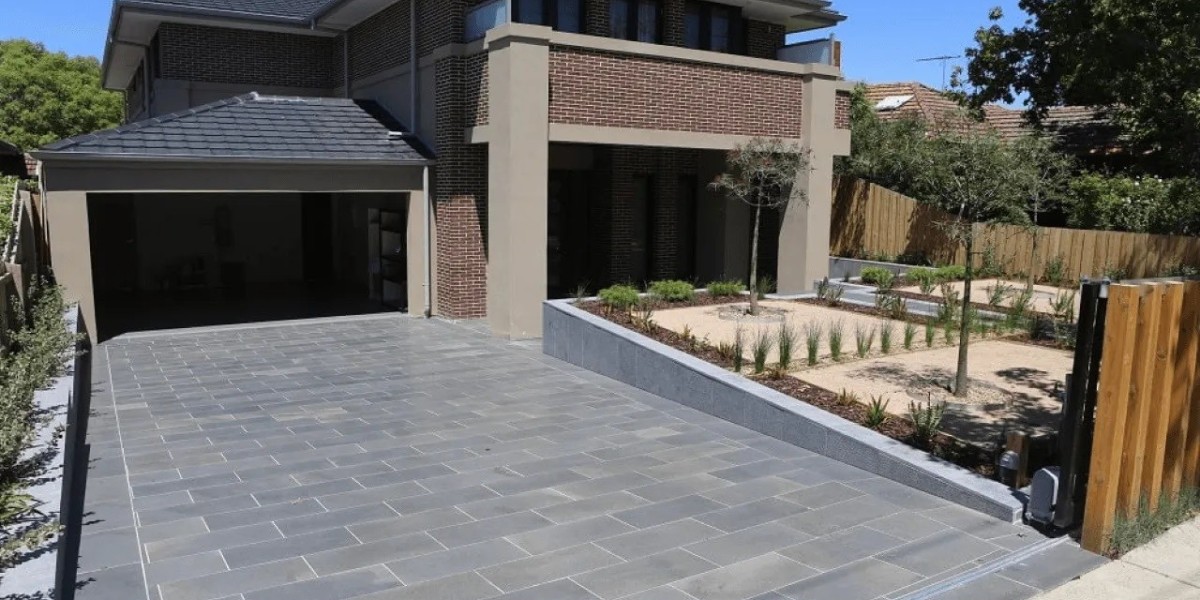High humidity in Orange Beach homes leads to mold growth, wood rot, and increased energy bills. The most effective solution is closed-cell spray foam insulation with a vapor barrier, which creates an airtight seal that blocks moisture infiltration while maintaining a consistent indoor temperature. Open-cell spray foam serves as a budget-friendly alternative, though it offers slightly less moisture resistance. Proper insulation in attics, crawl spaces, and exterior walls significantly reduces humidity problems while cutting cooling costs by 20-30%.
Residents of Orange Beach face unique challenges due to the Gulf Coast's extreme humidity levels. According to the National Weather Service, the area experiences average relative humidity above 70% for more than 200 days annually. This persistent moisture threatens structural integrity and indoor air quality if not properly addressed through comprehensive insulation solutions.
How Humidity Affects Orange Beach Homes
Gulf Coast humidity creates several compounding issues for Orange Beach properties:
Condensation formation: When warm, moisture-laden air meets cooler surfaces inside air-conditioned homes, condensation forms within walls and attics
Structural damage: Persistent moisture leads to wood rot, compromising structural elements over time
Mold proliferation: According to CDC research, homes with relative humidity above 60% have 80% higher likelihood of developing significant mold problems
Decreased insulation effectiveness: Traditional fiberglass insulation loses up to 40% of its R-value when saturated with moisture
Increased cooling costs: HVAC systems work harder and longer in homes with humidity issues, with Energy Star reporting 15-25% higher energy consumption
The severity of these issues intensifies during summer months when outdoor humidity frequently exceeds 85%, creating an overwhelming moisture gradient that pushes humid air inward through any available entry point.
Most Effective Insulation Types for Humidity Control
Insulation Type | Moisture Resistance | R-Value Per Inch | Air Barrier Properties | Cost (Per Sq.Ft) | Lifespan |
Closed-Cell Spray Foam | Excellent (vapor barrier) | 6.0-7.0 | Complete air seal | $1.50-$2.25 | 30+ years |
Open-Cell Spray Foam | Good (vapor permeable) | 3.5-3.9 | Complete air seal | $1.00-$1.50 | 20+ years |
Cellulose (Treated) | Moderate | 3.1-3.8 | Partial air resistance | $0.80-$1.20 | 20-30 years |
Mineral Wool | Good | 3.0-3.3 | Minimal | $1.10-$1.60 | 30+ years |
Fiberglass Batts | Poor | 2.9-3.8 | None | $0.40-$1.00 | 10-25 years |
Closed-Cell Spray Foam: The Gold Standard
Closed-cell spray foam creates both an air and vapor barrier, making it ideal for Orange Beach's extreme humidity. The rigid foam structure contains cells that are completely closed and pressed together, preventing moisture migration through the insulation material itself.
Bonus Tip: For optimal humidity control, Prestige Insulation Solutions recommends installing closed-cell spray foam at exterior-facing structural elements first, particularly in crawl spaces and attics where moisture infiltration is most severe.
Open-Cell Spray Foam: Strong Alternative
While not providing a complete vapor barrier, open-cell spray foam still delivers excellent air-sealing capabilities that significantly reduce air movement—the primary vehicle for moisture transport. This option costs 25-30% less than closed-cell while still addressing the main humidity pathways.
Hybrid Approaches for Cost Efficiency
For budget-conscious homeowners, combining insulation types strategically offers substantial humidity control:
Apply closed-cell spray foam at critical moisture entry points (rim joists, roof penetrations)
Use open-cell spray foam for remaining wall cavities
Add treated cellulose in attic flat spaces above living areas
This approach targets high-risk areas with premium solutions while maintaining cost efficiency elsewhere.
Key Areas Requiring Humidity-Focused Insulation
Orange Beach homes require special attention to specific areas where humidity problems originate:
Crawl Spaces and Basements
Uninsulated crawl spaces can introduce up to 15 gallons of moisture into a home daily during peak humidity periods. Encapsulating these areas with closed-cell spray foam and proper vapor barriers reduces indoor humidity levels by 15-20% throughout the entire home.
Attics and Roof Assemblies
Roof assemblies in Orange Beach experience extreme temperature fluctuations that drive moisture movement. Properly insulating attics reduces indoor humidity by:
Preventing solar-driven moisture from entering living spaces
Reducing condensation on ductwork and HVAC components
Maintaining more consistent temperature gradients that minimize moisture movement
Exterior Walls
Wall assemblies require comprehensive moisture management strategies beyond basic insulation. The most effective approach includes:
Proper exterior drainage planes
Sealed penetrations and gaps
Continuous insulation to eliminate thermal bridges
Strategic vapor control layers appropriate for Gulf Coast conditions
Technical Performance Specifications
Performance Metric | Traditional Fiberglass | Closed-Cell Spray Foam | Open-Cell Spray Foam |
Moisture Absorption | 15-20% by volume | <1% by volume | 5-6% by volume |
Air Permeability | 30+ CFM/sf | <0.01 CFM/sf | <0.02 CFM/sf |
Vapor Permeance | 40+ perms | 0.8-1.0 perms | 5.5-6.0 perms |
Thermal Bridging | Significant | Minimal | Minimal |
Condensation Risk | High | Very Low | Low-Moderate |
Mold Resistance | Poor | Excellent | Good |










